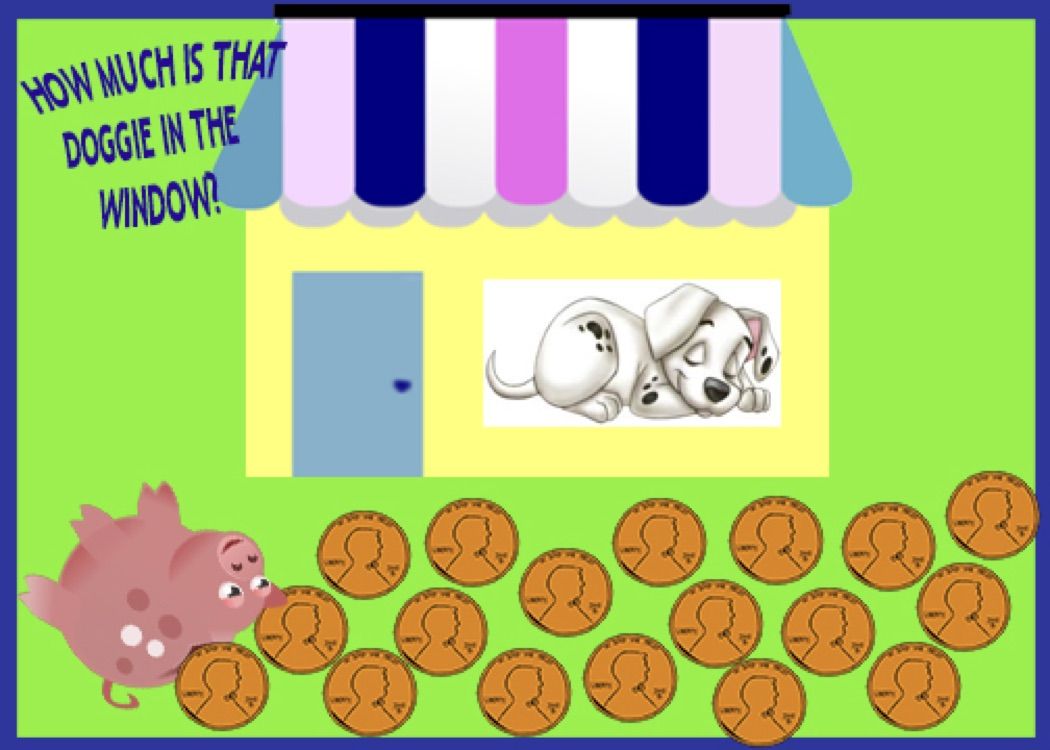Below are tips on handling certain etiquette situations during lessons. The most helpful aspect in maintaining great relationships with families is keeping the lines of communication open with parents. If you’re not sure, it never hurts to ask.
1. Student Behavior– It’s hard to know what to do if a student is uncooperative with you while you’re in their home. Often times it can simply be that the student is confused with the music or (especially for younger students) and needs to get up off the instrument for a minute. For students 5 yrs. and under it’s helpful to take a minute in the middle of the lesson to play upbeat music for them to jump around to. Also consider splitting up the lesson with games that reinforce concepts you’re teaching.
If it is a continuing problem, kindly speak with the parents about how this behavior is impacting the lesson – most times they want to know and may have some great suggestions.
2. Phone – Many of us use our phones to check the time during lessons or play MP3’s. Let parents know beforehand if you plan to have your phone, iPad, or computer out for lesson purposes. This way they don’t have to wonder when they walk through the room and you’re using it. It can be tempting to read a text/email that pops up, but remember that even if it seems like just a second to look at, it’s precious time you are taking your attention away from your student and also unprofessional.
3. Song Material– Sometimes parents or students will request to learn a song that is well above their skill level. If at all possible, find an “easy version” of the song, or transcribe it in a way that’s at the student’s level. If the student isn’t at the level to play any version of the song, show them what they need to work on to get to that song. This way they can remain excited about the piece of music and have more reason to work towards it.
4. Saying Goodbye– It’s important to say goodbye to parents not only to be polite and fill them in on the lesson, but also to make sure the child is under supervision when you leave.
5. Timeliness– We all know it’s not a perfect science traveling between lessons, and lateness can occur. Whenever possible give yourself extra time to get to lessons. Be sure to have the parents’ cell on hand in case you are running late. If you are running a few minutes behind it’s always courteous (and appreciated) to give a call or text. Even if you think they won’t mind, it’s professional to give a quick call. If you are chronically running late to a lesson due to travel time be sure to speak with your point of contact about re-arranging your schedule.
6. Chatting After Lesson– Sometimes parents want to keep chatting after a lesson and may not realize you are on a tight schedule in between lessons. If a parent is keeping you from a lesson by wanting to keep chatting, you can politely say that you’d love to stay longer but have got another lesson. You could then offer to email/call the next day if they have any further questions about the lesson.
7. Shoes – It seems like a small thing but especially in the winter months be weary of tracking mud into homes. As a general rule of thumb it’s courteous to take shoes off unless told it’s fine to leave them on.
8. Stopping with a Family– If you are taking a leave of absence or moving on from a family make sure they have plenty of notice. It’s always nice to schedule an official goodbye lesson and make sure they are set up with a new teacher before you stop.


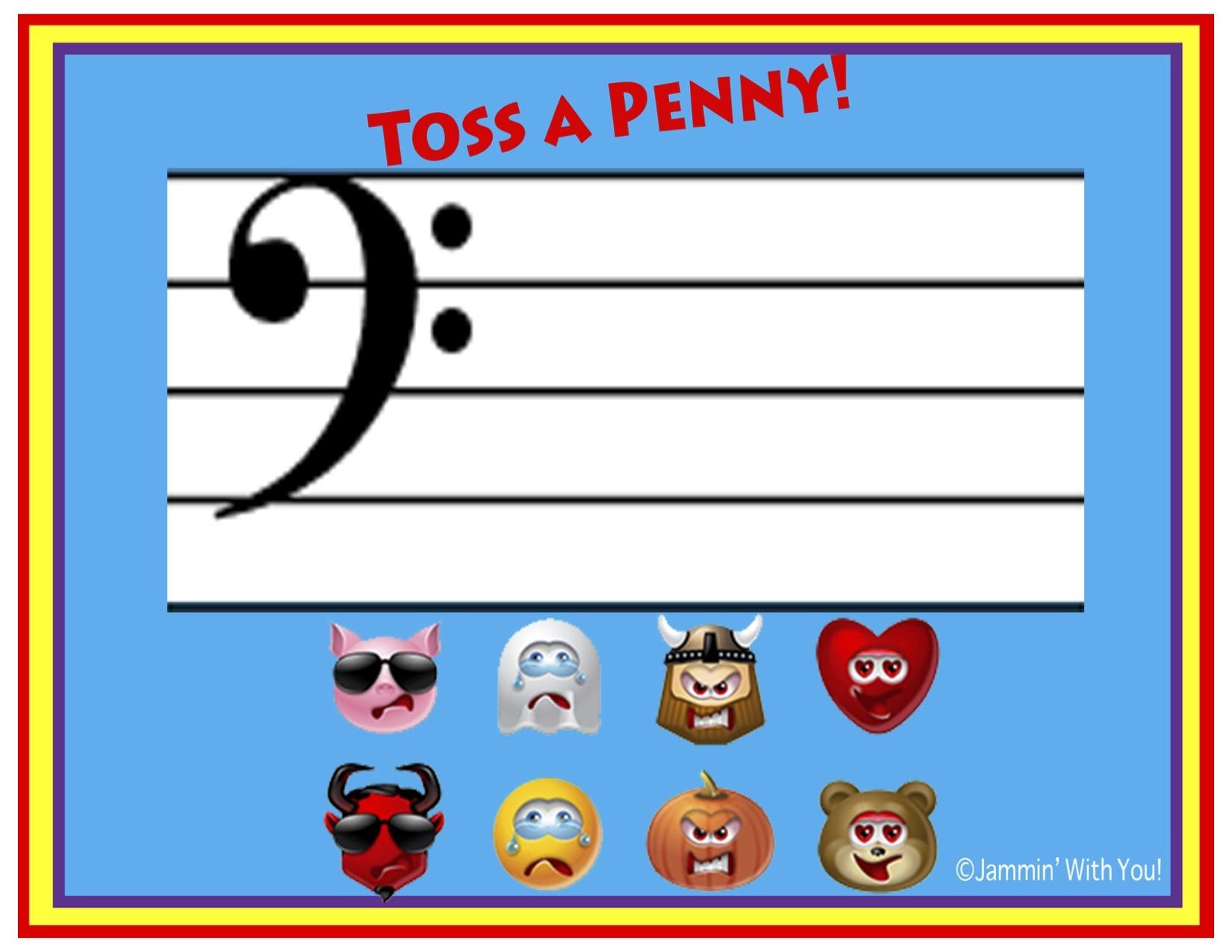

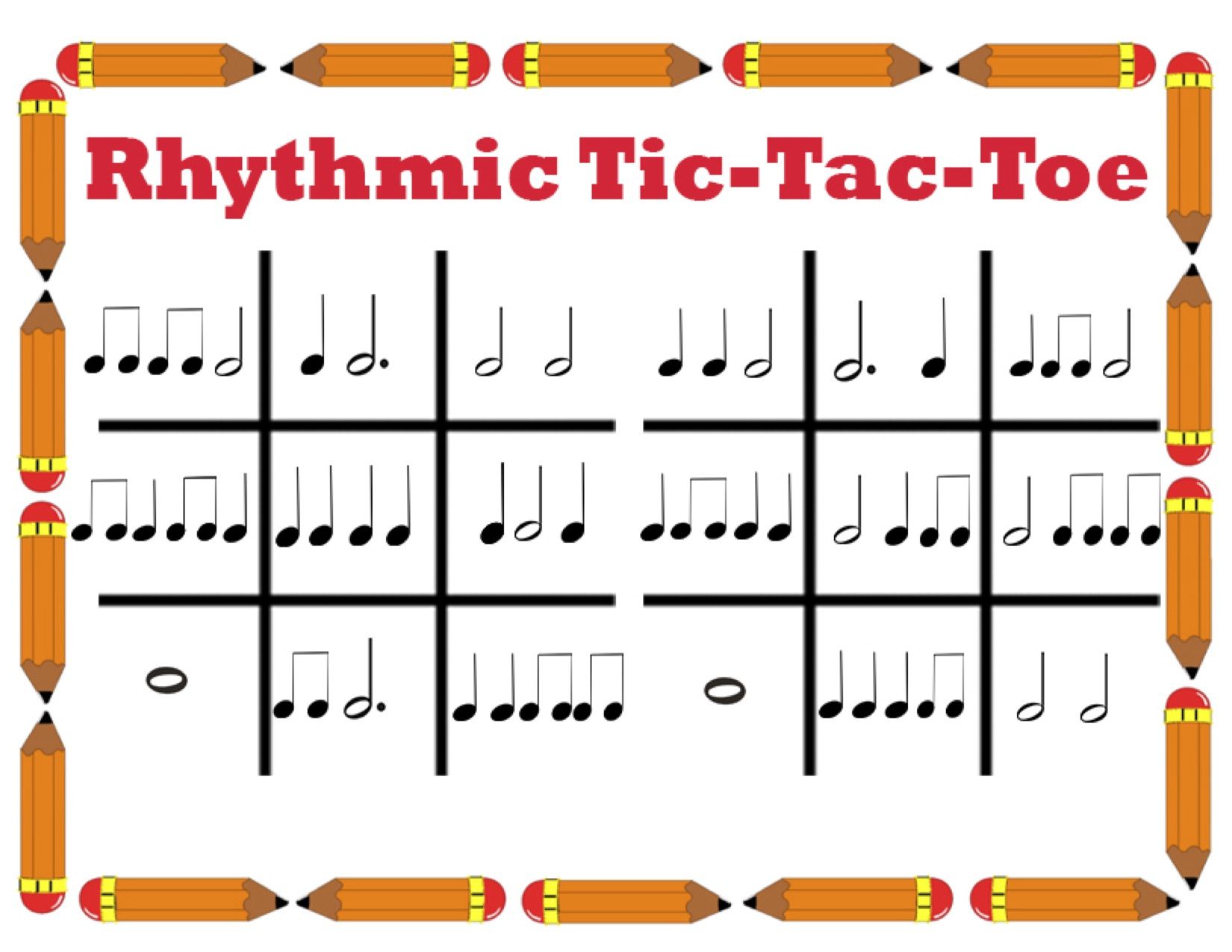

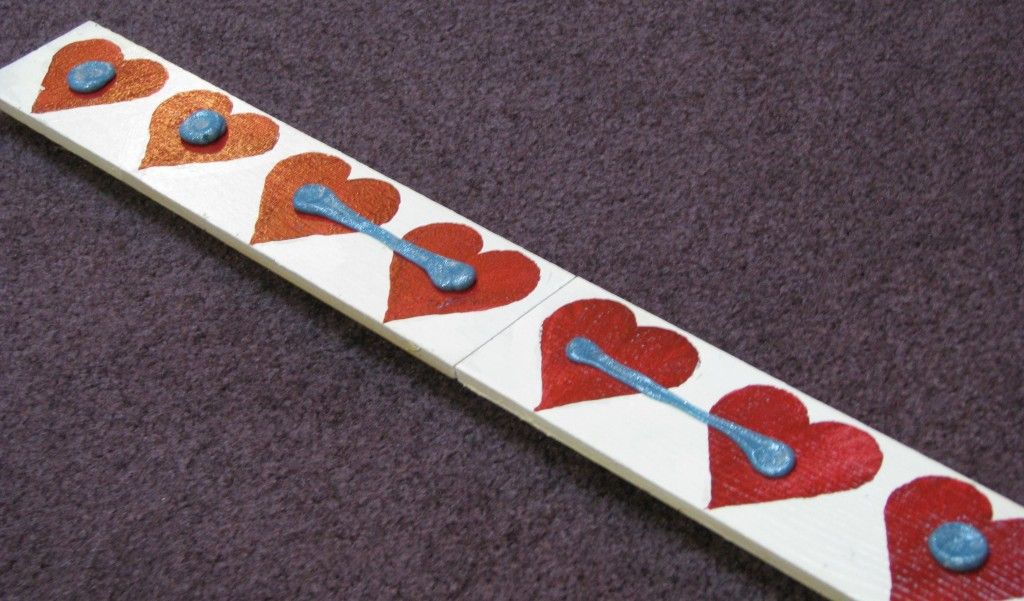


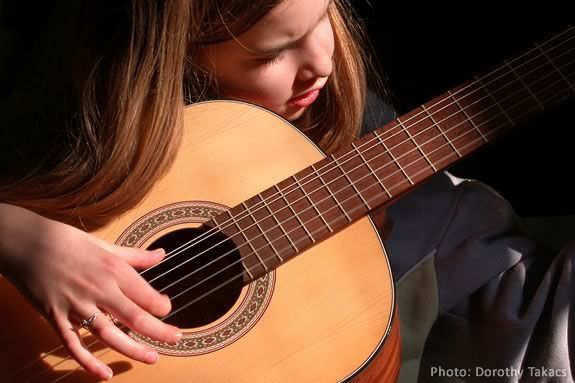
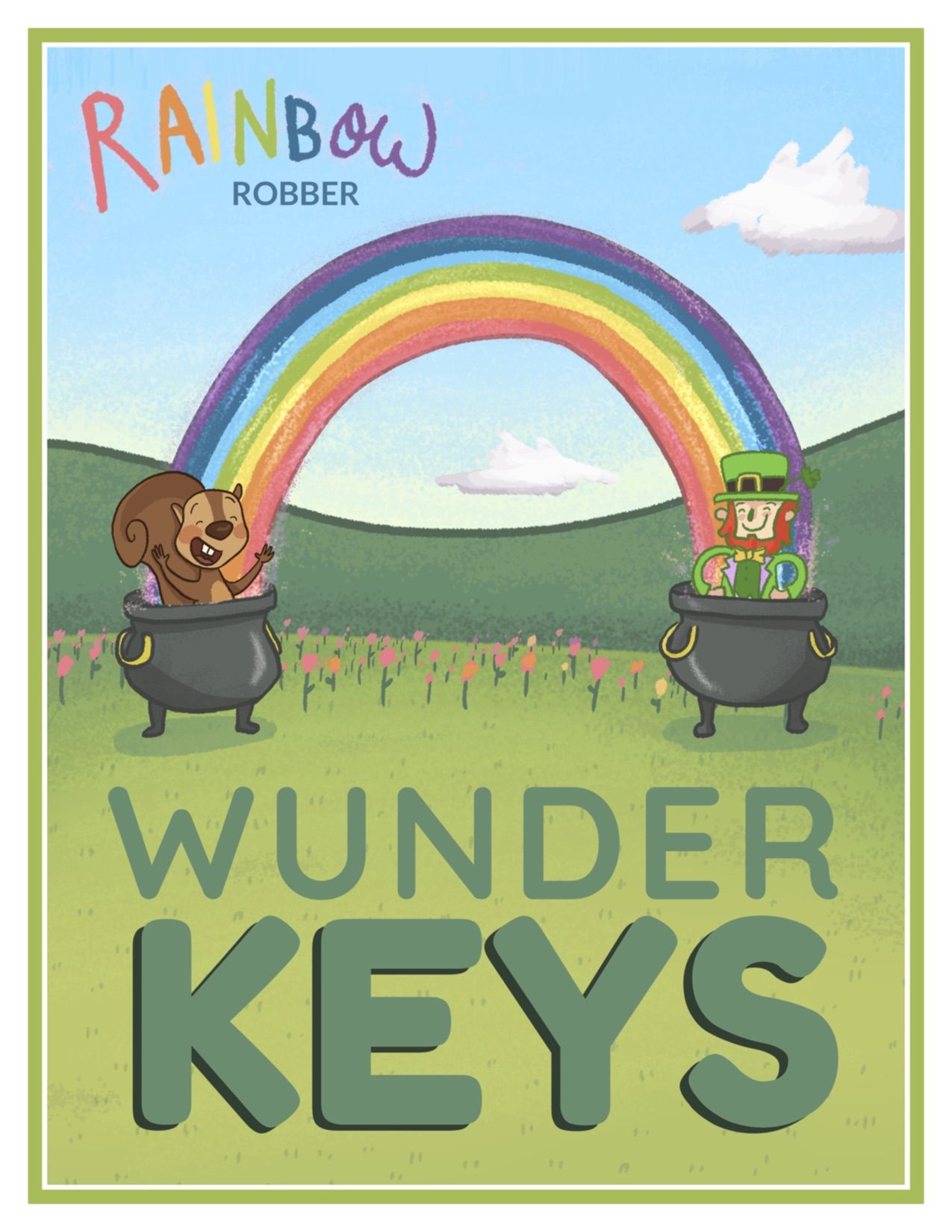
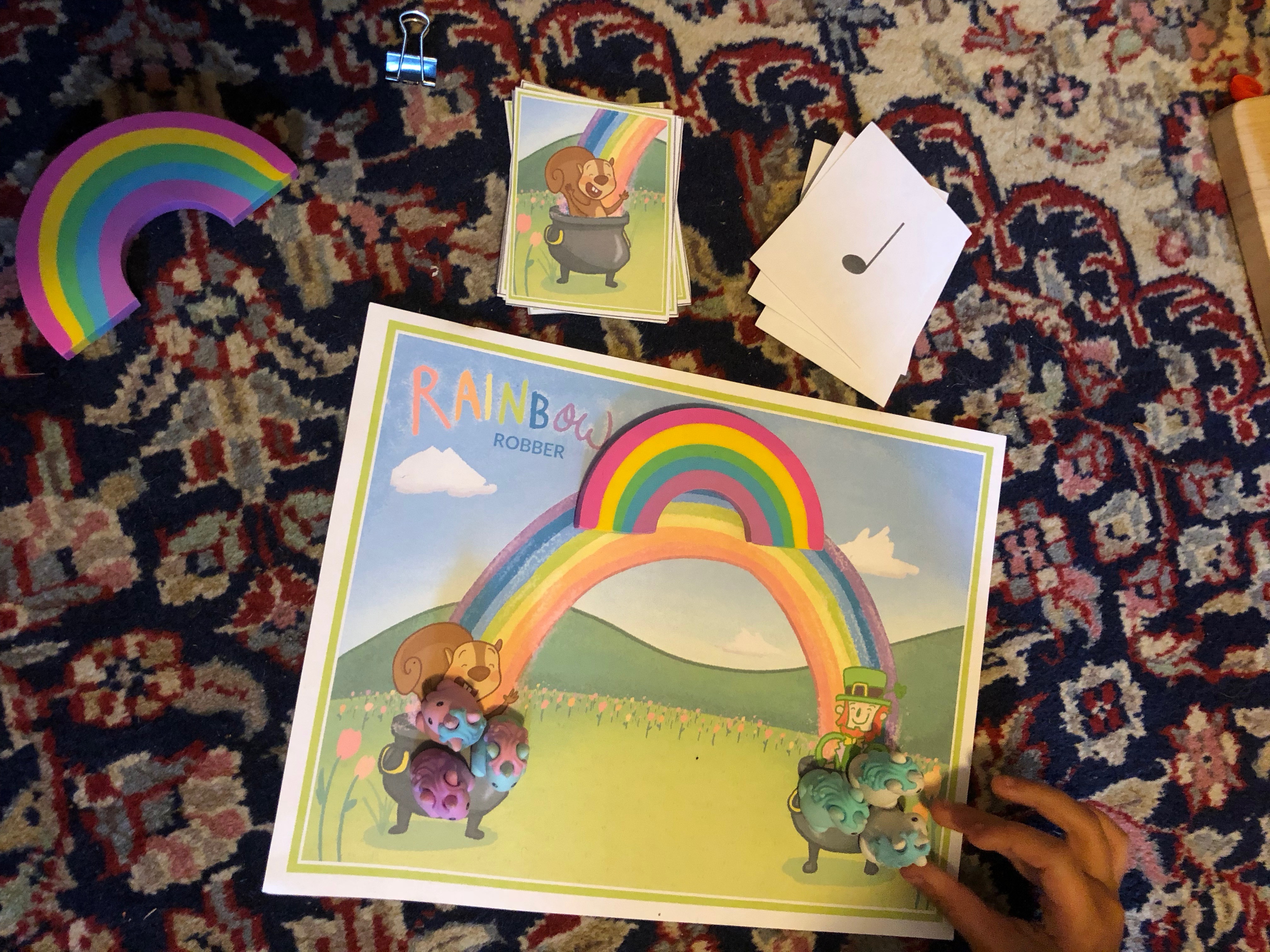
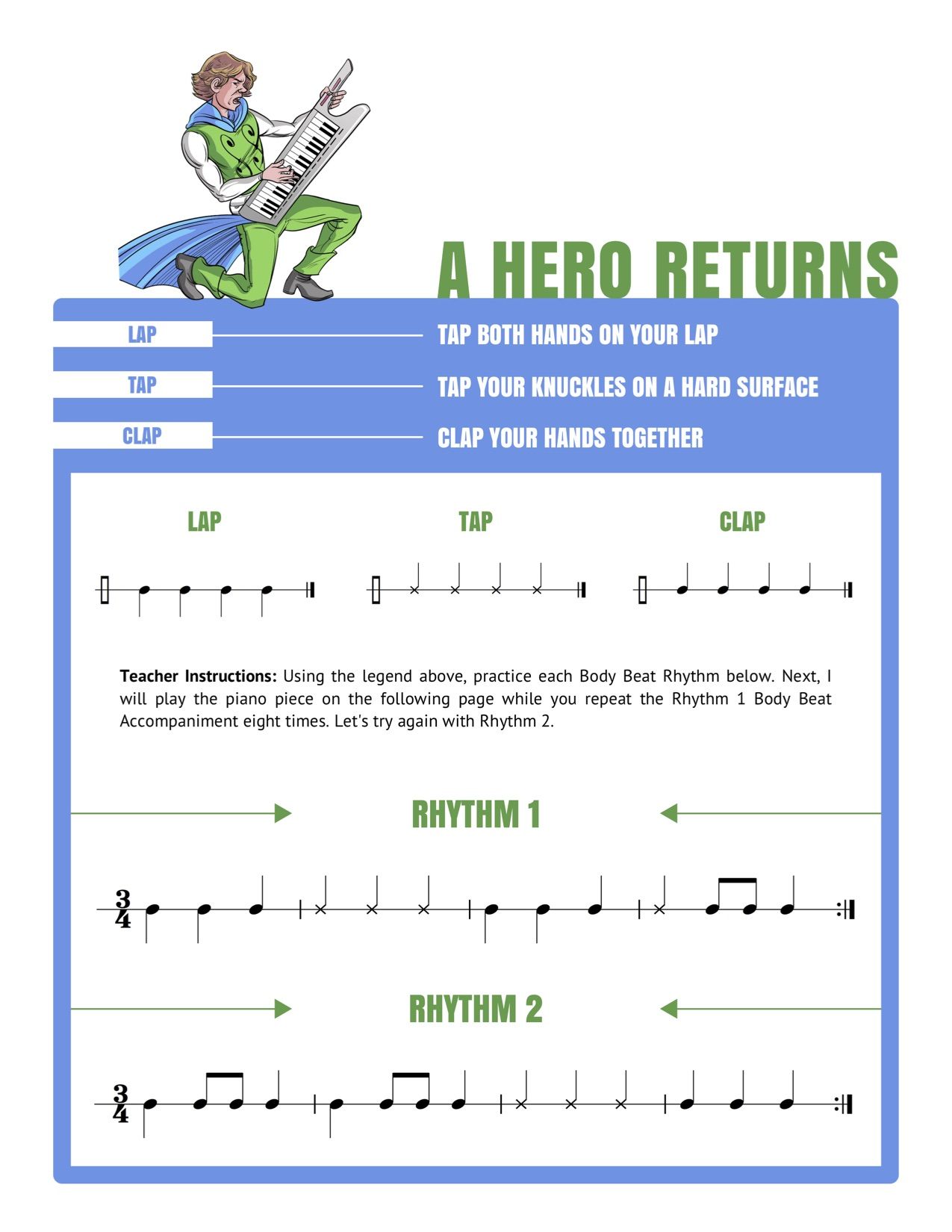


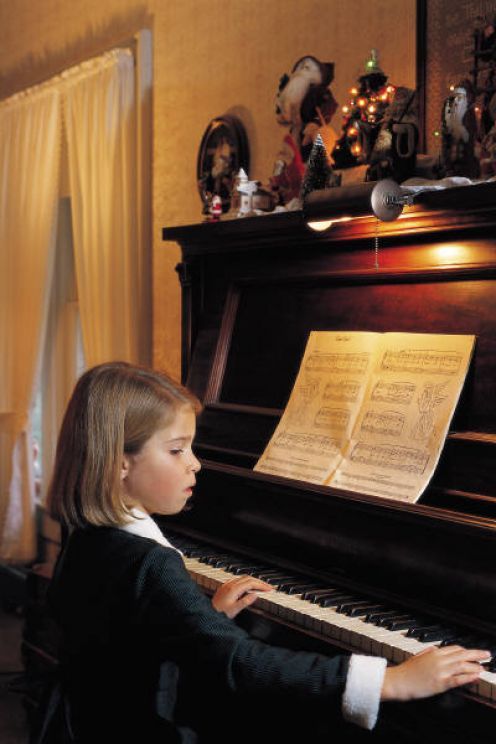
 Well! When students struggle how to read music, they feel the same way, lost and helpless. Everything they see on the paper is Greek to them. Very often they will find any excuse possible not to practice and after lots of battles with the parents there comes a point where they hit a wall and quit, and unfortunately it is not their fault. It is the teacher’s fault for failing to teach them how to read properly from day one. Great music teachers around the world teach notes very early regardless of the level. In my own experience one of the most important key elements of retaining students and keeping them excited is their ability to read music. Since I teach piano I am going to be a little more specific with some tips on how to teach piano players how to develop good reading skills quickly. Good reading skills not only keep students excited at all times but also help them develop great technique if combined with the right exercises that include the notes that students are learning. However, these techniques can be applied to the teaching of other instruments as well.
Well! When students struggle how to read music, they feel the same way, lost and helpless. Everything they see on the paper is Greek to them. Very often they will find any excuse possible not to practice and after lots of battles with the parents there comes a point where they hit a wall and quit, and unfortunately it is not their fault. It is the teacher’s fault for failing to teach them how to read properly from day one. Great music teachers around the world teach notes very early regardless of the level. In my own experience one of the most important key elements of retaining students and keeping them excited is their ability to read music. Since I teach piano I am going to be a little more specific with some tips on how to teach piano players how to develop good reading skills quickly. Good reading skills not only keep students excited at all times but also help them develop great technique if combined with the right exercises that include the notes that students are learning. However, these techniques can be applied to the teaching of other instruments as well.